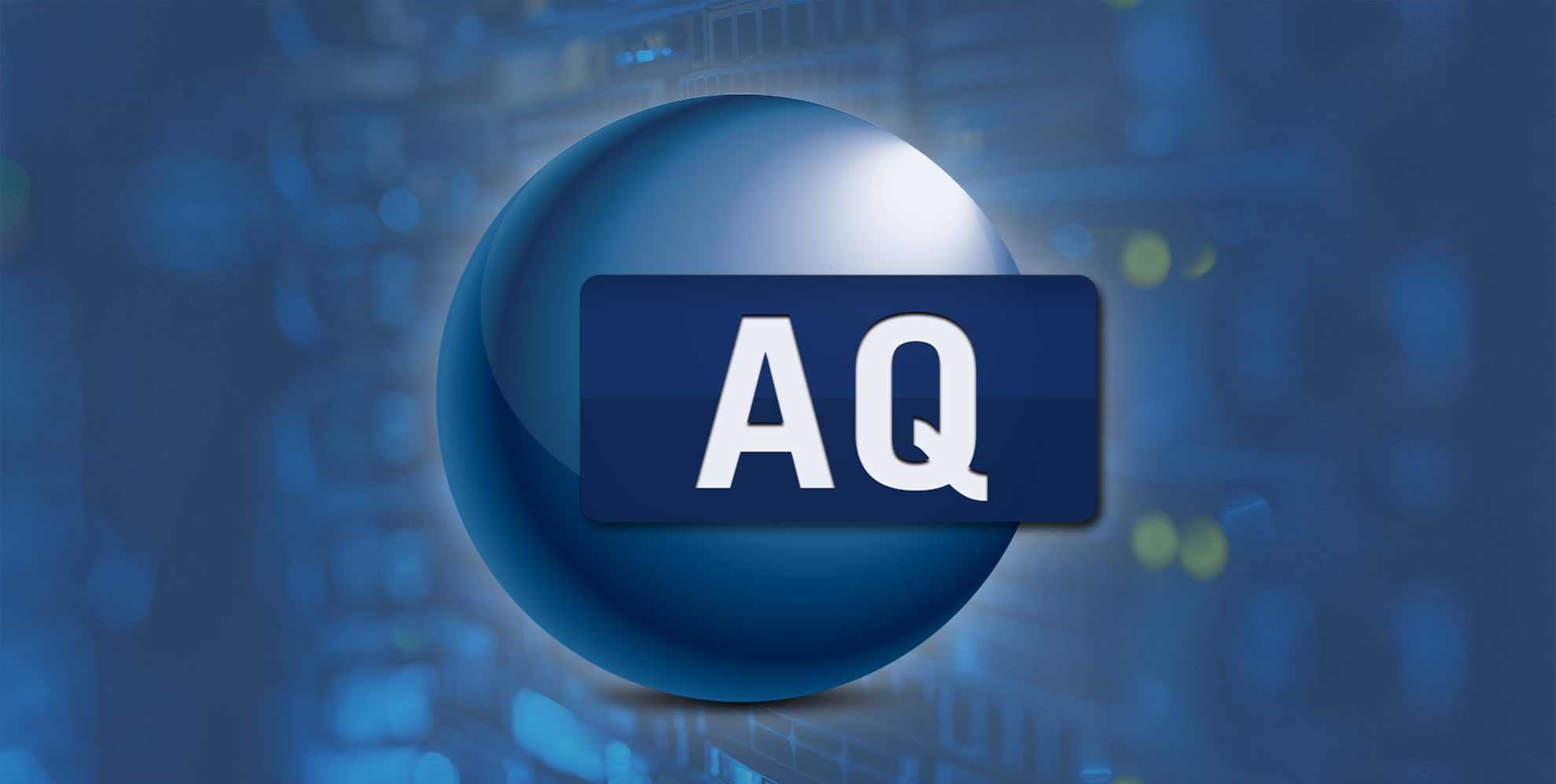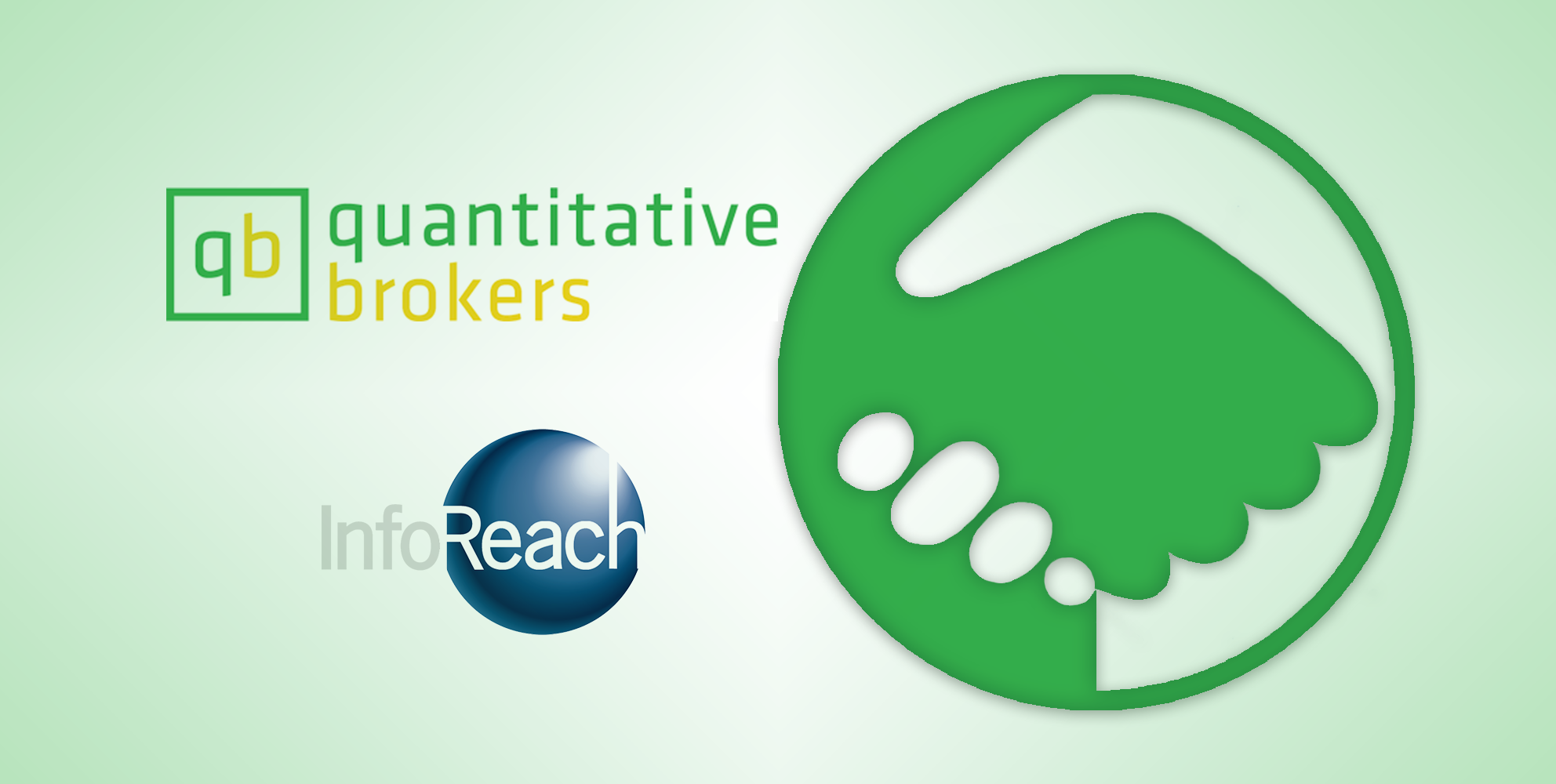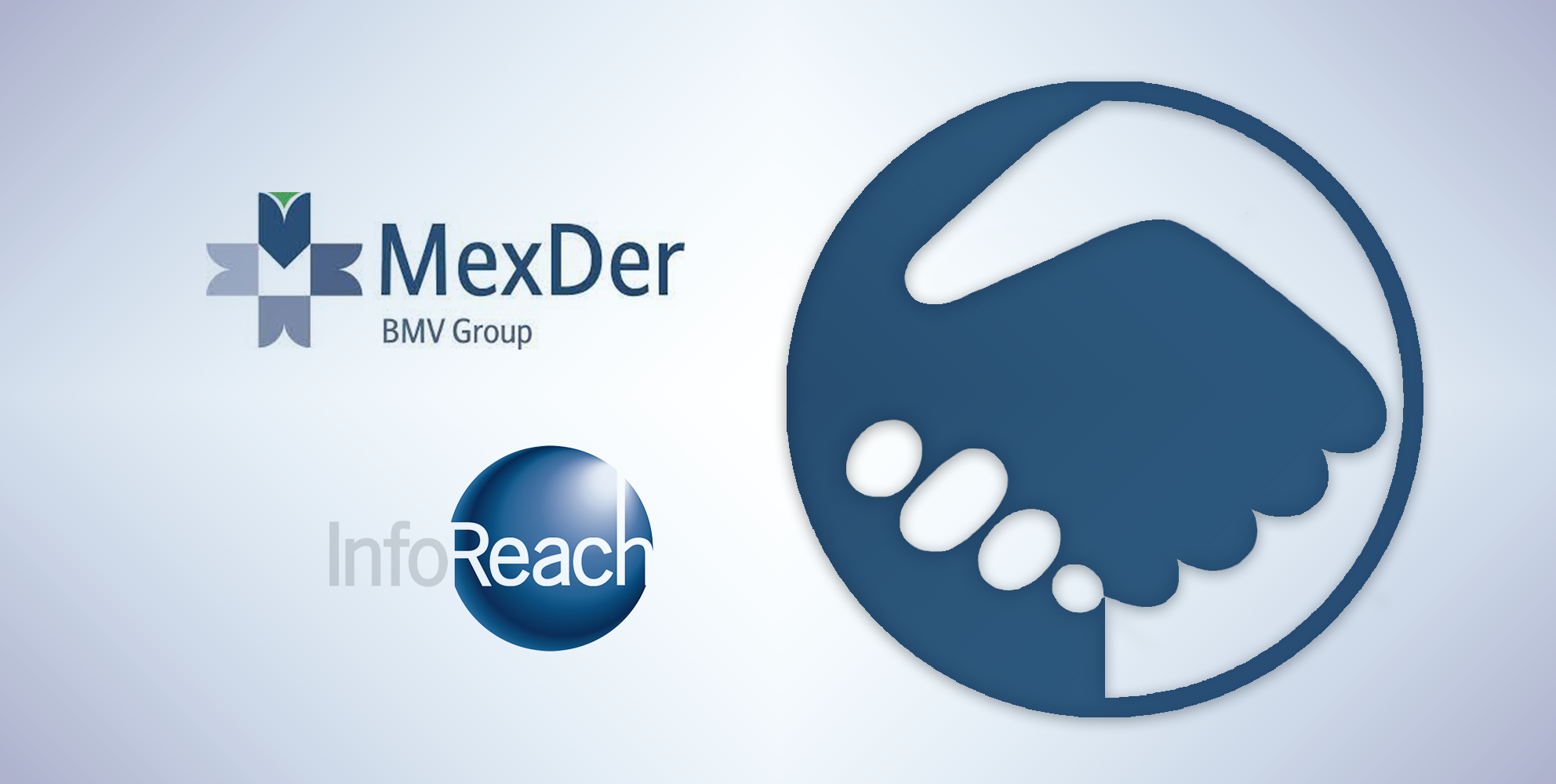Who we are
For over 28 years InfoReach has enjoyed having hedge funds, asset manager, pension funds, broker dealers and other institutional investors as part of its loyal client community.
Request DemoOur clever software is only as good as the people behind it. Our staff – some have been with us for over twenty years – know (almost) everything there is to know about our software. Our enterprise architecture is under continuous process improvement, thanks in part to our customers, with whom we work closely and whose feedback we value. We are here for you right from the start.
Unique us for unique you
Supported by engineers who know you and your business.
Flexible and customized systems are tailored to fit your business needs.
InfoReach products offer an unprecedented level of functionality and power to trading desks

Testimonials
Products

Buy-Side
InfoReach TMS is fully configurable and customizable OEMS for buy-side, on-site installation or hosted.
The InfoReach TMS offers high-performance, low-latency access to more than 140 brokers, ECNs, MTFs, exchanges, ATSs, dark pools and other major sources of global liquidity for electronic and automated trading of equities, options, futures forex and fixed income.

Sell-Side
Our trade management software provides sell-side trading desks with the technology and tools to take client orders and baskets through the most efficient execution cycle.
Beginning with pre-trade analysis of a client’s intended orders, the InfoReach Sell-side TMS for broker-dealers tightly wraps the trade execution cycle from order acceptance to execution and allocation.
Case Studies

30%
Annual Cost Decrease
TMS saves a global broker-dealer $1M anually
InfoReach implemented TMS for the Customer globally. The new solution provided the Customer with Single order and basket execution management system to facilitate all main trading processes. It Reduced the annual costs of 3rd party execution and order management technology by over 30%. It also reduced the number of computer servers from 90 to under 20, saving the Customer an additional $1M annually.
30%
Annual cost decrease
Saving $1M/year
Reduced computer servers number by 70

$2.5M
Saved over 5 years
Delivered in record time
InfoReach successfully delivered TMS for the Customer in record time, considering the scope of the custom development we had to undertake.
As a result, the customer avoided signing a five-year license agreement with the outgoing vendor (worth $2.5M over five years), whose system had stopped meeting the Customer’s demands due to the lack of quality support.
Saved $2.5M/5 years
Rolling out the Cash Desk implementation/3 months
News & Media
All publiactionsReady to get started?
Share the details of your inquiry, like solution and asset class(es) of interest, and we will help you to meet your unique objectives!


